This is important from a chiropractic view point because whatever twists you had in your spine and whole skeleton before you got pregnant will now be changing as a result of the effects of this hormone circulating in your body during this time and for approximately 5 months after childbirth. You may know someone who's back pain disappeared when they got pregnant and hasn't returned or equally someone who never had a bother with their back/neck/shoulders etc until they had children. Aside from the physical stresses of pregnancy, child birth and bringing up children, a woman's body isn't the same as it once was and this absolutely includes the alignment of the spine. To understand and help pain during pregnancy, let's first take a look at...
Finally an exercise you can try at home.
Posture affects the unborn baby's position.Relaxin Hormone.The pregnancy hormone Relaxin is released during the first trimester until approximately 5 months after the baby is born. It affects the size and elasticity of ligaments, connective tissue and muscle, preparing the mother's body for adapting to carrying her baby and giving birth. As I mentioned earlier, this relaxing effect on the body tissues will allow for the body to go further into it's twist or altered alignment. From a biomechanical stress point of view this means the regions of stress will change relative to what they were before pregnancy. To make sense of this we must remember that the human body works as a whole, a single functioning unit where balance is key. Think of your body as a piece of architecture, this is a great analogy. This explains why some people who have never experienced musculoskeletal pain before suddenly have a problem and equally those who have suffered for years find that their pain issues are resolving. Sadly for the latter, this doesn't mean they're fixed, it means that the region of the body under the highest compensatory stress and strain has now shifted to another region of the body, that for now, can take the strain. (Often these people tell you they have been experiencing a new pain problem that they haven't had before or in many years.) Pelvic Floor Muscles.
Crawling
/
I [followed Sarah's advice] crawled around and it did really help, I forgot how painful my back and hips were!
|
| Sitting naturally flares the pelvis and stretches the ligaments surrounding the sacroiliac joints, it's not a position you want to stay in for, ideally any longer than 30 minutes. This goes for everyone, pregnant or not. Depending on what you sit on and how the seat influences your posture and how much your body slumps in it, it will constrict the room available for your baby. |
Who has benefitted from treatment at Unwind...?
| I hope it will be reassuring for you to know that the methods of body correction I use for pregnant ladies are simple, gentle and not painful. There are no sudden twisting movements, each correction is done slowly. The visible results speak for themselves like the example here of before and after one treatment photographs. Notice the subtle changes in this young mum's posture and more importantly the change in position of her 'baby bump'. She looks a little slumped in the before picture - evident from the angle of her head and neck and abdomen. These subtle changes that take place on each visit add up over just a short time frame, giving relief from pain, having a clearer head and more energy. This is confirmation for me as a practitioner that their skeletal framework is in a more stable and sound position, we can therefore assume that the growing baby is now better supported and must be more comfortable. |
| Thank you for reading my blog! Like to know whether this treatment can help you too? Give me a call or email today. |
Comments are closed.
Author
Sarah Bedford
Recent Posts
Categories
All
10 Minute Squat Test
4 Minute Workout
Aerobic Exercise
Ankle Pain
Babies
Back Pain
Back Pain At Work
BDNF
Blood Pressure
Brain And Exercise
Brain-and-exercise
Childhood Injuries
Chiropractic
Desk Set Up
Foot Pain
Fractures
Headache
Horse Riding
Human Growth Hormone
Immune System
Injury
Migraine
Pins And Needles
Plantar Fasciitis
Posture
Pregnancy
Running
Sciatica
Shoulder Pain
Superfoods

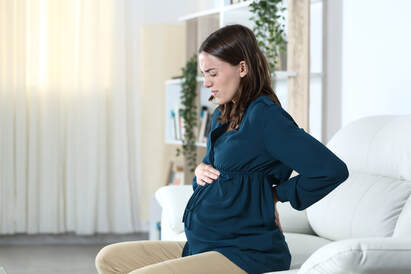

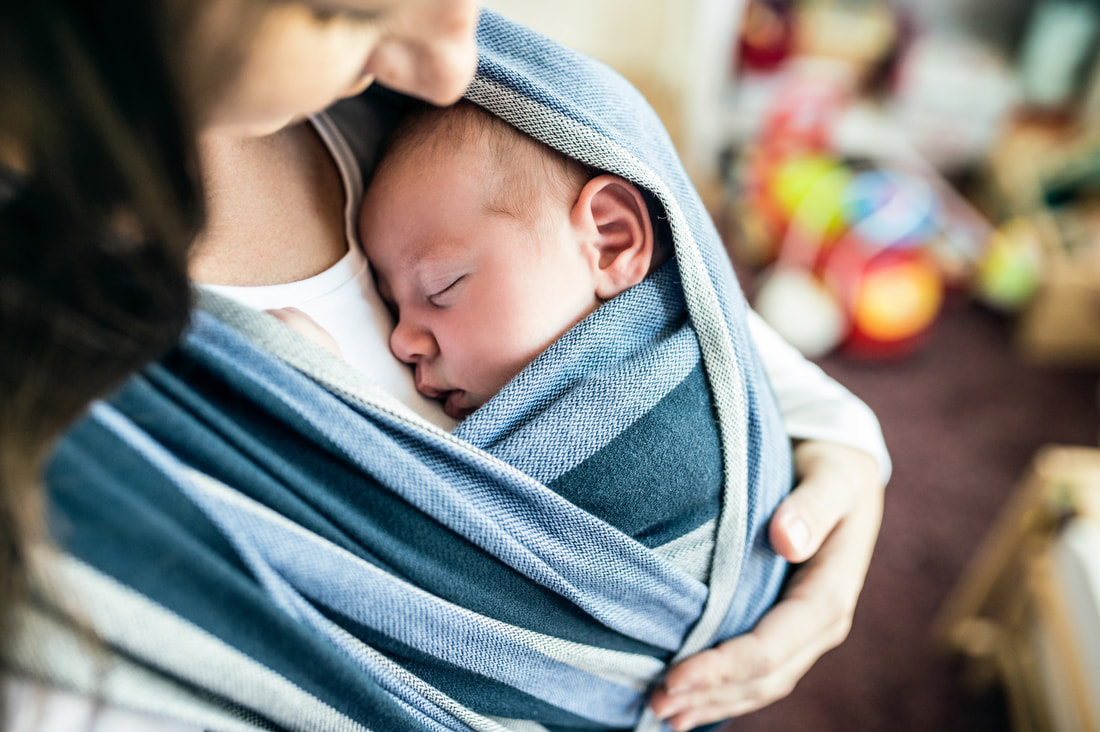
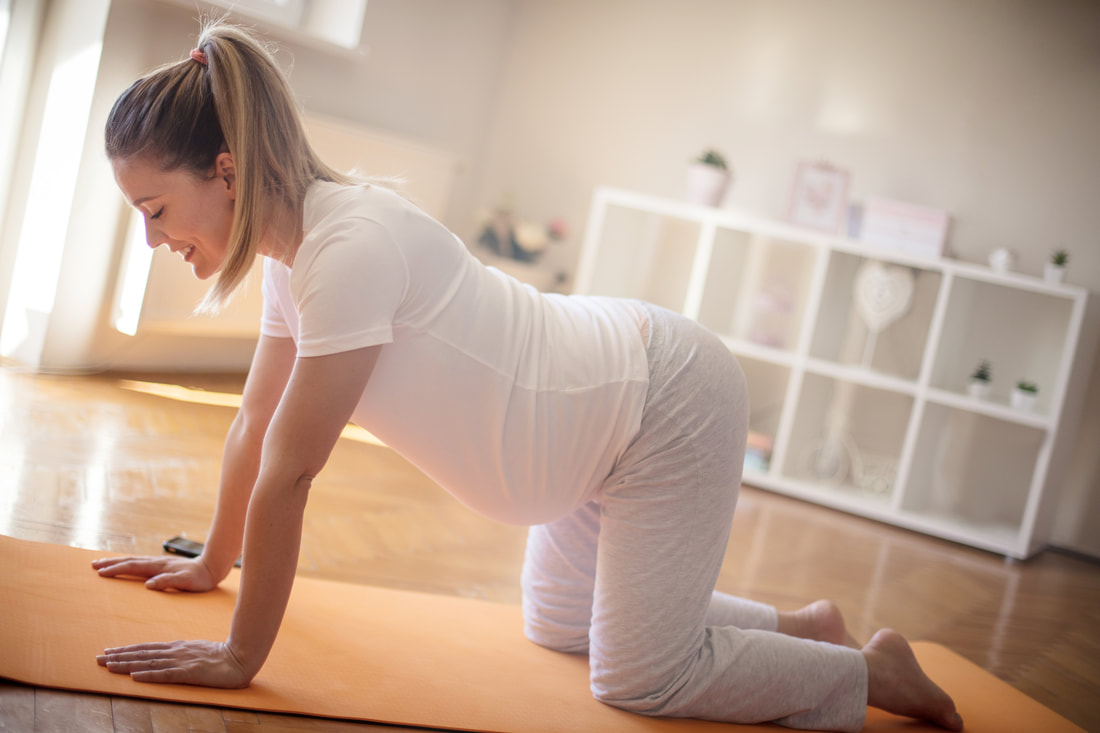
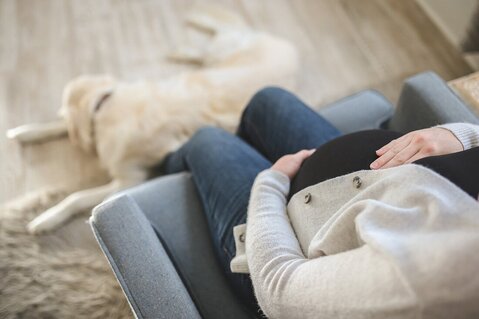
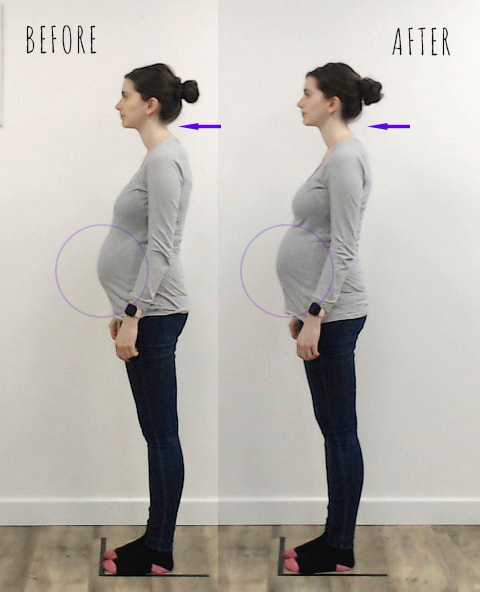
 RSS Feed
RSS Feed


